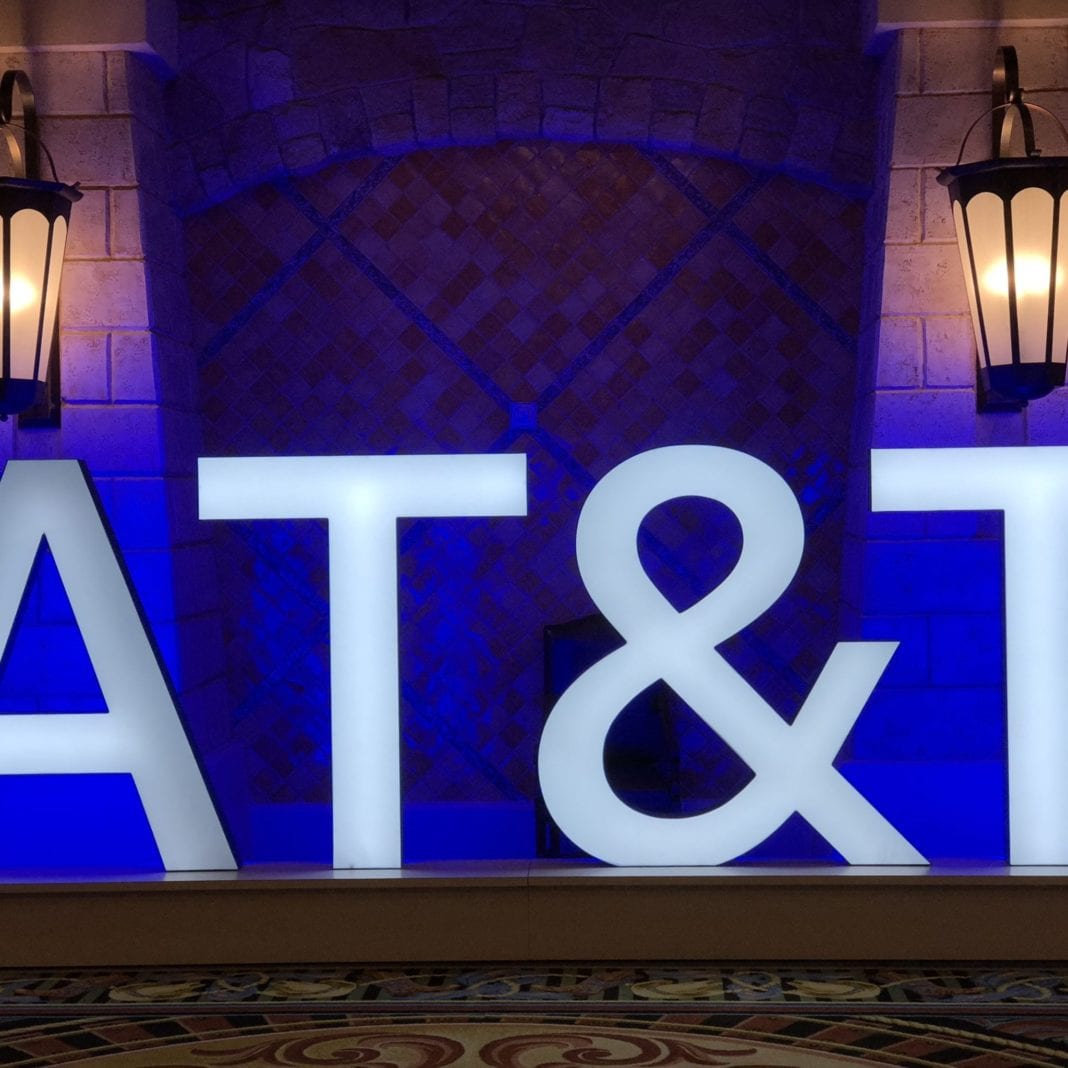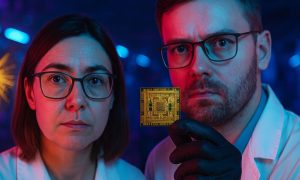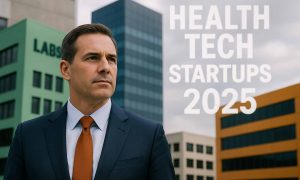

The new AT&T Connected Solutions group incorporates connected vehicles into larger IoT business
Over the years CES has gradually brought in more and more automotive technology and this year was no exception. Given AT&T’s long-standing leadership in connecting vehicles, RCR Wireless News caught up with AT&T Vice President of Connected Solutions Cameron Coursey to talk vehicle connectivity as well as other focus areas of the new group he oversees. In addition to the connected car segment, Coursey said priorities are connected assets, connected health, connected infrastructure and connected spaces; that last one “is kind of the broadest category,” he said, and it includes bringing cellular into manufacturing, retail, and other enterprise environments.
Coursey said the company is currently “building…the 5G [Standalone] capabilities that will launch in cars in the 2025 timeframe.” This year, he said, the focus will be on testing and working with automotive OEMs on things like on-demand quality of service, bandwidth calendaring and other capabilities that facilitate the transition to software-defined vehicles—something of a buzzword at CES this year. The big picture is that the shift to electrification has prompted a larger re-architecture of vehicles that is brining in more and more connectivity and compute. This also supports automakers’ initiatives to deliver in-vehicle functionality via over the air software updates and foster as-a-service-type feature options.
In discussing the outlook for automotive, Coursey said, “We’re in an era where safety on the road is being talked about probably as much as ever…Because of our FirstNet opportunities…we’re wondering if it’s about time to be talking about a network for automotive safety-related capabilities. If you leave it up to individual [departments of transportation] and municipalities, this could turn out the same as it did last time around,” he said in reference to Dedicated Short Range Communications (DSRC) for vehicle-to-vehicle and vehicle-to-infrastructure connectivity. That has been set aside in favor of cellular vehicle-to-everything (C-V2X).
To his comment about FirstNet, AT&T won spectrum and funding from the federal government to build out a dedicated, nationwide network for use by law enforcement, first responder and similar agencies. Coursey said this type of model would obviously be an ideal solution for vehicular connectivity, but acknowledged the procedural complexity (and timeline) that would result in that.
Linking up the transport and infrastructure focus, he described it as “the intersection between that next generation transportation and Industrial IoT.” AT&T’s history with connected infrastructure includes a number of smart city-type solutions, including things like smart street lighting, sensor-based monitoring of bridges and roads, traffic management tools and similar.
Looking at the fragmented world of IoT, including fragmentation down to the connectivity medium, Coursey said his view, AT&T’s view, is that cellular IoT connectivity offers better security protocols than LoRa-type wide-area networks. As to the longstanding projections of tens of billions connected devices that haven’t (yet) materialized, he said AT&T is focused on “simplifying our IoT cellular solutions to make it less complex for customers. A customer that has to understand what module do I buy for Verizon vs. AT&T, and then how do I get it put in a device, and how do I get it certified…for a company that doesn’t do cellular for a living, that’s hard.”
Back to those focus areas around connected assets, health, infrastructure and spaces, Coursey said, “You’ve got ot have some focus and AT&T is very focused these days on connectivity and connectivity services that we can put on top of that connectivity.” He gave healthcare examples around remote patient monitoring, fall detection and response, and predictive diagnostics.
Final thoughts: “We realize that this industry is one that a lot of people have tried things in IoT. Not as many successes as people would like. We’ve bucked the trend in some of those things and found ways to be successful. That’s what our goal is going forward.”























